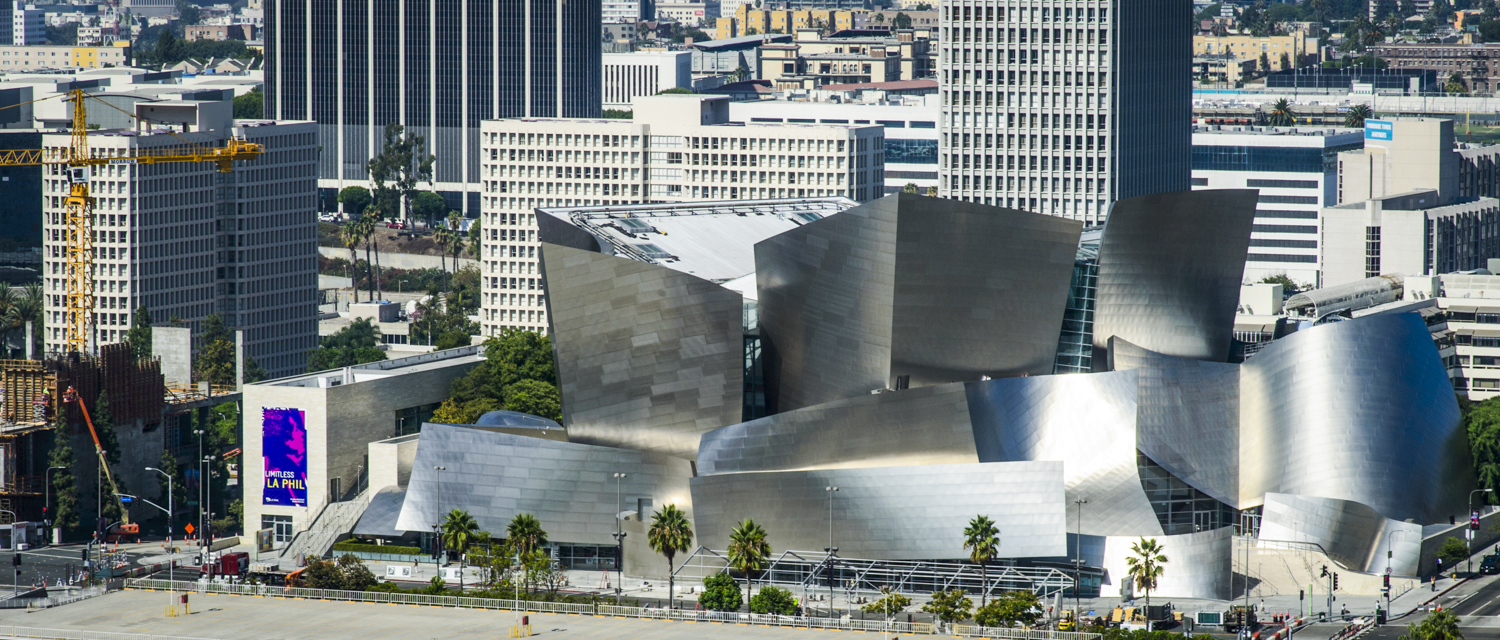
Los Angeles is the quintessential 21st Century metropolis, and an incredible laboratory for students interested in design and development of the built environment. Southern California continues to prosper and grow, but the built environment in our mega-region of 20 million people is falling apart. The exuberant construction spree of the 1950s and 1960s – with federally financed freeways and FHA financed suburban homes – first created an unimagined quality of life, like middle-class families with their own backyards and swimming pools, suburban shopping malls and schools, free-flowing roadways connecting homes to work, and weekend family driving trips as recreation! The same systems – in planning, in law, in finance, and in politics – that shaped Southern California are wreaking havoc to our region and other regions of the world, and are preventing government, business and community leaders from finding alternative solutions and from establishing new, viable systems for the 21st century. Today, middle-class families are struggling to find affordable housing, freeways can no longer serve workers and employers adequately, financially strapped schools fail to educate 50% of our children, there is no comprehensive transit service to speak of, and no one would choose to get into one’s car for a recreational drive. Southern California, being the vanguard of national trends, is exhibiting critical signs of system distress. What happens here will happen and is happening in other regions; what solutions we bring to bear here will inform the country and other world cities as to how to plan for and re-invent the new built environment.
Finding an alternative, a better and more sustainable built environment, depends on a multi-disciplinary approach in urban planning, urban design, real estate development, finance, law, construction technology, marketing, lifestyle trends, community participation, public policy, multi-levels of government, and politics. Unfortunately, most disciplines have their own silos of knowledge, values, and conduct. Professionals are educated in their own respective silos and are invested in preserving their own skill and value sets to the detriment of ignoring other knowledge and experience that inform complex solutions required to build a 21st century environment. For example, many good-intentioned policies are written into implementing ordinances that fail to bring about the desired results. Many market-driven trends fail to address the need of large segments of the population, losing profit opportunities and foregoing solutions that meet social policy goals. Specifically, there is a fundamental disconnect between the professional urban planners responsible for guiding the building of cities and the real estate developers responsible for building a large portion of these cities. This divide needs to be bridged to allow better development to blossom. This area of concentration explains how private market forces drive development along with how public forces shape and channel it, and how we can build in a smarter, more sustainable way, which is respectful of varying cultural needs and practices is essential to an inclusive and just built environment.
This concentration offers courses, studios and seminars in physical planning, real estate development and finance, site planning, history of urban form, urban design and land use. Students interested in gaining a deeper understanding of design and development can pursue the Luskin Design and Development Certificate.
Area of Concentration Requirements
In addition to the core Urban Planning courses, students in Design and Development are required to take 5 courses in addition to the DD urbanization requirement, for a total of 6 courses:
| Urbanization Requirement | UP 281 History of the Built Environment |
Listed below are the core & studio course options, as well as the visual communications requirement. Students must also take at least one elective to be chosen from any category or set of categories.
| DD Core:
(at least two) |
UP M272 Intro to Market-Rate Real Estate Development Studio
UP 274 Introduction to Physical Planning (pre-req for UP 273) UP 279 Seminar: Public Space UP 282 Urban Design: Theories, Paradigms, Applications |
| Visual Communication Requirement | UP 218B Advanced Visual Communications
UP 228 Visual Communications (2 unit course) |
| Studio Requirement:
(at least one) |
UP 219 Advanced Urban Design Studio
UP 252 Transportation Design Studio UP 260B Green Urban Studio UP M272 Intro to Market-Rate Real Estate Development Studio UP 272B Advanced Real Estate UP 273 Site Planning (must have taken or waived UP 274) UP M404 Joint Planning/Architecture Studio |
| Electives (choose one or more from any category below) | |
| Department Electives | UP 219-1: Urban Futures: Space, Ecology, and Society
UP M250 Transportation and Land Use: Urban Form UP 261 Land Use Planning: Process, Critiques, and Innovations UP 269 Special Topics: Urban Sustainability UP 273 Site Planning UP 280 Affordable Housing Development UP M291 Introduction to Sustainable Architecture UP M404 Joint Planning/Architecture Studio |
| Architecture Electives | UP M201 Theories of Architecture
UP M292 Elements of Urban Design UP M293 Politics, Ideology, and Design |
| Management Electives | MGMT 279A Cases in Real Estate Investment (Sussman)
MGMT 279B Entrepreneurial Real Estate Development (Dietrich) |
Sample Curriculum
